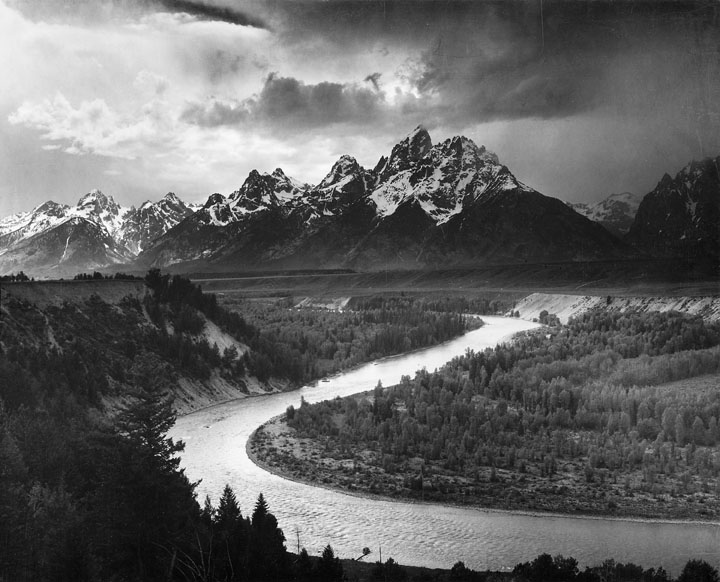1.) The camera obscura effect is light that is focused though a small hole and is projected onto the wall of a dark room. It was achieved by becoming the first camera.
2.) The invention of the glass lens in the 17th century is one thing that helped us to get closer to the invention of the modern camera.
3.) The film was added by Niepce in the 19th century to help create the first modern camera.
4.) Modern cameras and Niepce's camera both work the same way. The light passes through the lens and into the camera and exposes the film.
5.) Digital cameras use digital film to capture images with an electric sensor called the CCD.
Camera Modes
6.) The difference between auto mode and program mode is auto controls flash and exposer while program is more of a point and shoot.
7.) Portrait mode is used for blurring out the background. It works by using the fastest available lens.
8.) Sports mode is used for freezing motion. It works by using the highest shutter speed possible.
9.) The photographer must set both the shutter and aperture mode to be in full manual mode.
The Half Press
10.) You should do a half press on the trigger button because it turns photo lock and faster full-press response.
Controlling Flash
11.) This symbol means that it has disabled flash. You use this when you want natural light for something more dramatic or something else.
12.) This symbol means auto flash. You use this when the camera thinks that you need more light for the photograph.
Introduction to Exposure
13.) Your picture will be washed out if there is t much light.
14.) If there is not enough light your picture will be to dark.
The Universal Stop
15.) The term "stop" is used to represent a relative change in the brightness of light.
16.) If there are two suns instead of one the planet will be 1 stop brighter.
17.) If there are four suns instead of two the planet will be 2 stops brighter.
Shutters and Aperture
18.) The longer the shutter speed is, the more light you will have.
19.) The shorter the shutter speed is, the less light you will have.
20.) The aperture controls the opening of where the light passes through before reaching the film.
21.) When you adjust the aperture you can increase the amount of light by making the opening larger.
 Ansel Adams was born on February 20th, 1902 in Western Addition, San Francisco, California. He died on April 22nd, 1984 in Monterey, California at the age of 82. After visiting Yosemite National Park with his father in 1916 he grew more of an interest for photography. During his visit his he took photos with his new camera that grew his interest even more. Ansel joined the Sierra Club in 1919, an organization that helps protect the Sierra Nevada wildness. Therefore his passion for photography grew. In 1927, he produced his first portfolio titled 'Parmelian Prints of the High Sierras'. His portfolio ended up being a success helping him make 3900$.
Ansel Adams was born on February 20th, 1902 in Western Addition, San Francisco, California. He died on April 22nd, 1984 in Monterey, California at the age of 82. After visiting Yosemite National Park with his father in 1916 he grew more of an interest for photography. During his visit his he took photos with his new camera that grew his interest even more. Ansel joined the Sierra Club in 1919, an organization that helps protect the Sierra Nevada wildness. Therefore his passion for photography grew. In 1927, he produced his first portfolio titled 'Parmelian Prints of the High Sierras'. His portfolio ended up being a success helping him make 3900$.






















